Where to go or who to call if...
Jalisco Pine
8 months ago
Featured Answer
Sort by:Oldest
Comments (14)
iochroma
8 months agoRelated Professionals
Casselberry Landscape Contractors · Palos Heights Landscape Contractors · Finneytown Landscape Architects & Landscape Designers · Goodyear Landscape Contractors · Annandale Landscape Contractors · Cockeysville Landscape Contractors · Fort Hunt Landscape Contractors · Tinton Falls Landscape Contractors · Beachwood Landscape Architects & Landscape Designers · Kerman Landscape Contractors · Mahwah Landscape Contractors · Rockwall Landscape Contractors · Winter Gardens Landscape Contractors · Webster Groves Window Contractors · Linthicum Window ContractorsJalisco Pine
8 months agoJalisco Pine
8 months agoJalisco Pine
7 months agolast modified: 7 months agoJalisco Pine
7 months agoJalisco Pine
7 months agomacranthos
7 months agoJalisco Pine
7 months agoJalisco Pine
7 months ago
Related Stories

SAVING WATERHouzz Call: Are You Letting Go of Your Lawn?
Many facing a drought are swapping turf for less thirsty plantings. If you’re one of them, we’d like to hear about it
Full Story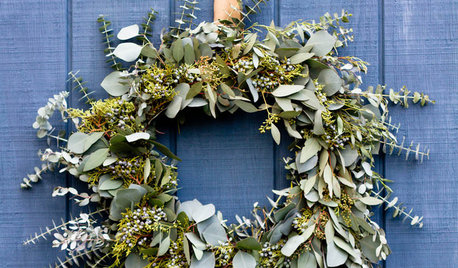
HOLIDAYSHouzz Call: When Do Your Holiday Decorations Go Up?
Is it ever too soon to start spreading the holiday cheer?
Full Story
LIFEHouzz Call: Where (and What) Are You Reading This Summer?
Whether you favor contemporary, classic or beach reads, do the long and lazy days of summer bring out the lit lover in you?
Full Story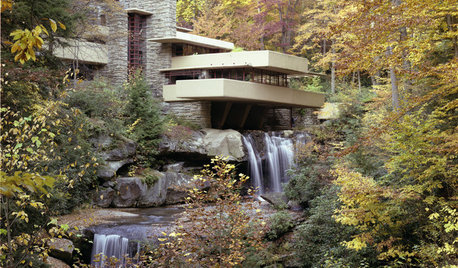
EVENTSDesign Calendar 2017: Where to Go and What to See This Year
Check out some of this year’s best design events, tours and exhibitions around the globe
Full Story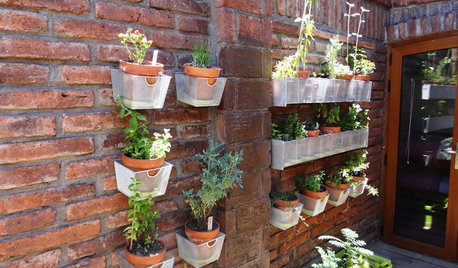
EDIBLE GARDENSHouzz Call: Where Are the Craziest Places You Grow Edibles?
Basil in a bathtub, spinach stacked up a wall ... If your edibles occupy an odd spot, we’d like to know
Full Story
EVENTSDesign Calendar: Where to Go and What to See in December 2016
Explore a garden-turned-winter wonderland and grab some shade under the world’s largest 3D-printed structure this month
Full Story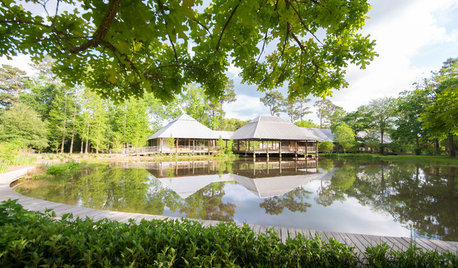
EVENTSDesign Calendar: Where to Go and What to See in November 2016
Lush gardens in Louisiana, a chair that is still alive and a new design museum are all ready to be explored this month
Full Story
WALL TREATMENTSRoll Call: Go Wild With Wood Veneer Wallcovering
Find out what makes this real wood veneer special, and get the skinny on how to use it on your walls
Full Story
EVENTSSneak a Peek at Where the Pros Go to Get Inspired
At the 2015 Summer Las Vegas Market, thousands of retailers, designers and home pros will gather to discover the latest home decor trends
Full Story
EVENTSWhere Pros Go to Discover Outdoor Furniture Ideas
Casual Market Chicago: Learn about trends in outdoor furniture and accessories
Full Story






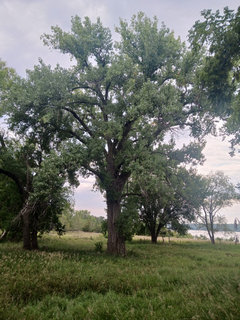

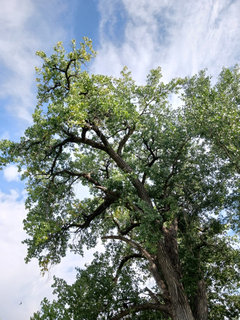
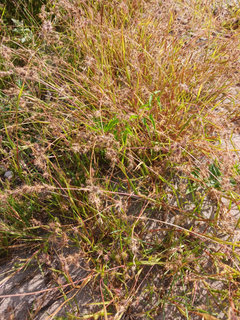

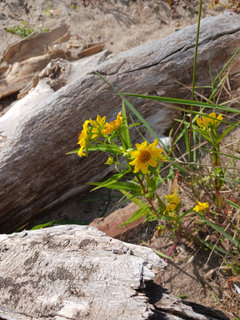


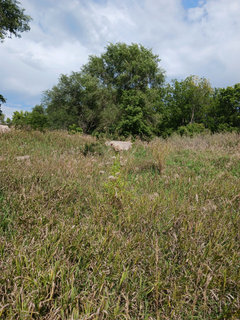
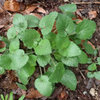

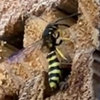
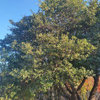
Jay 6a Chicago